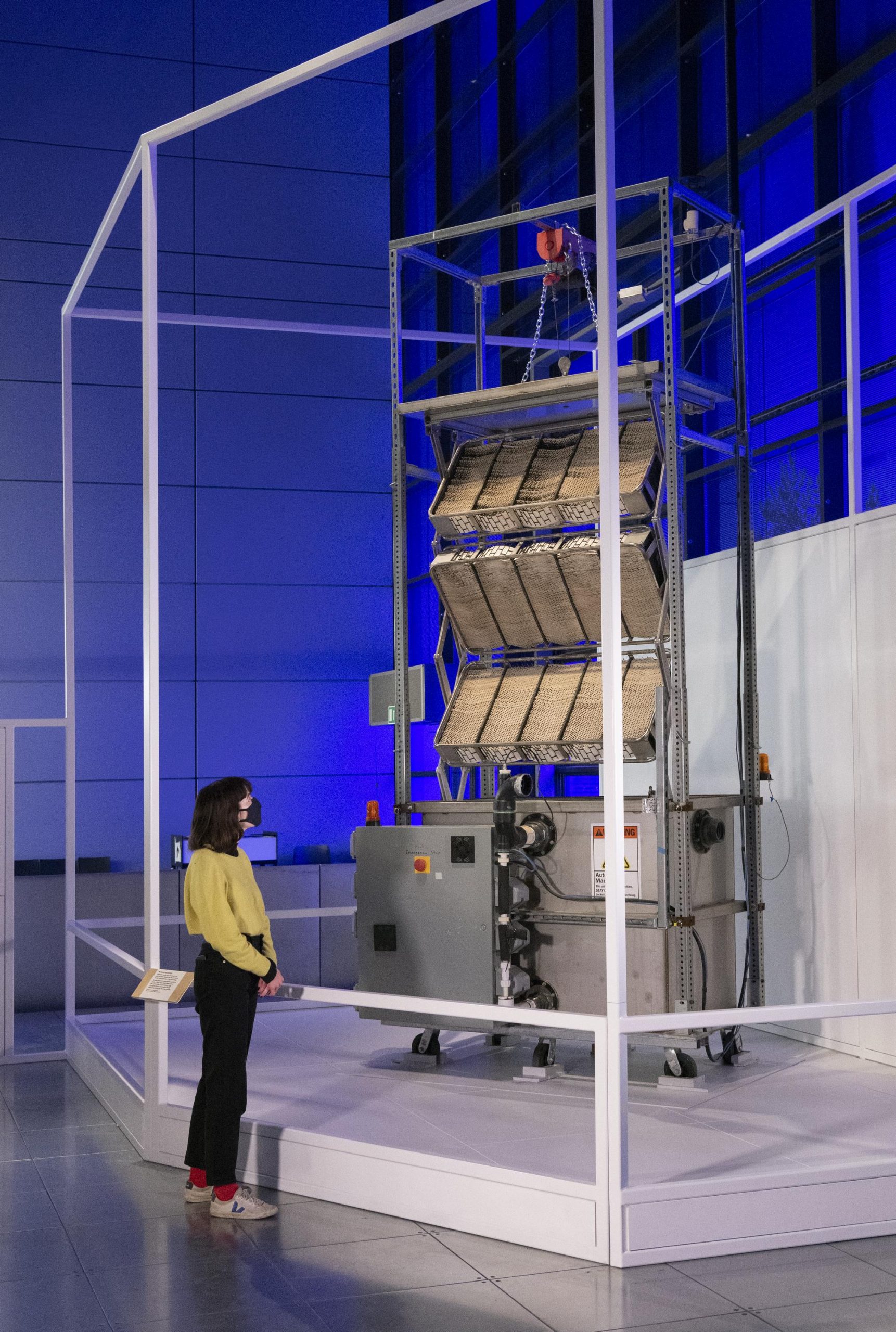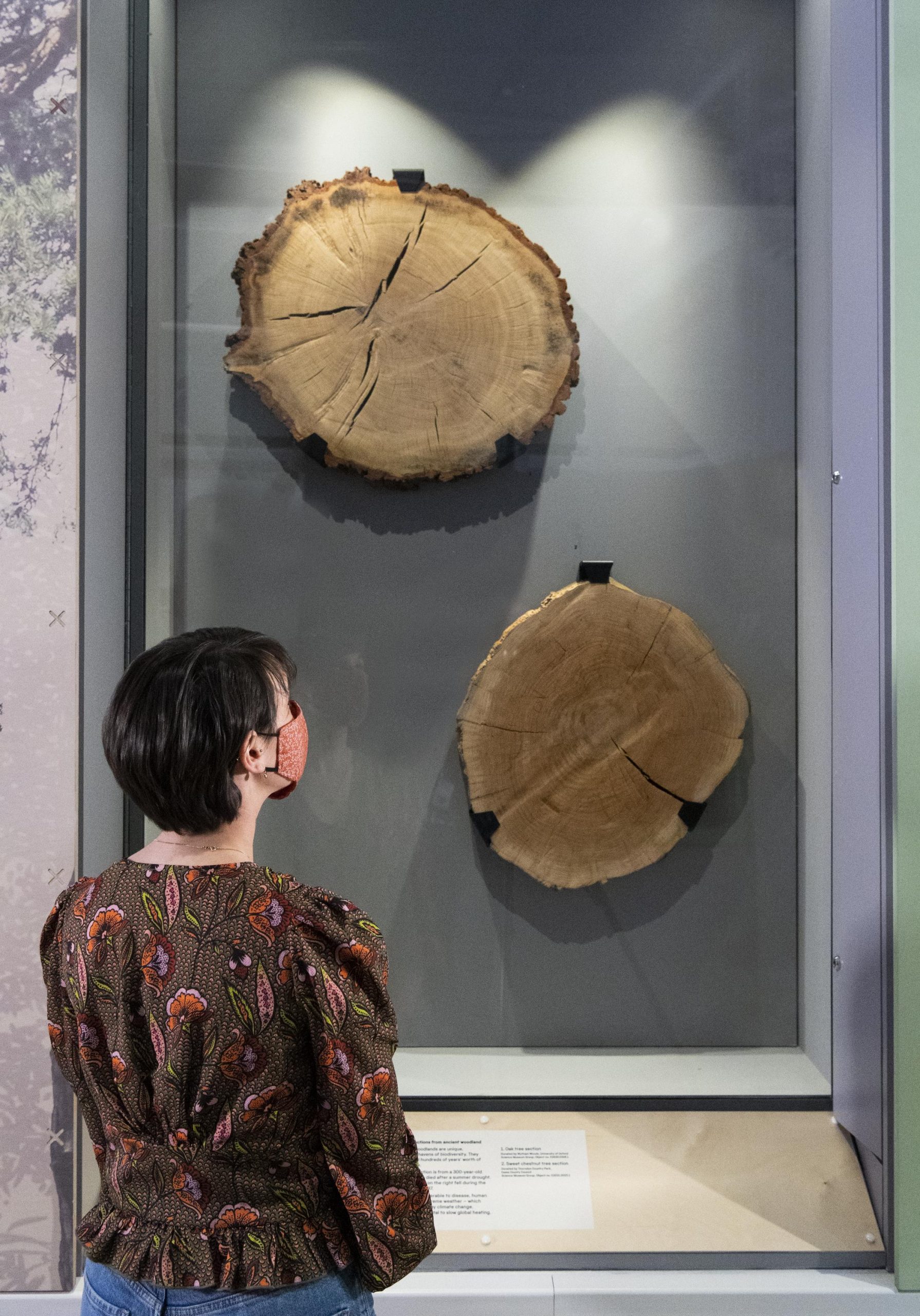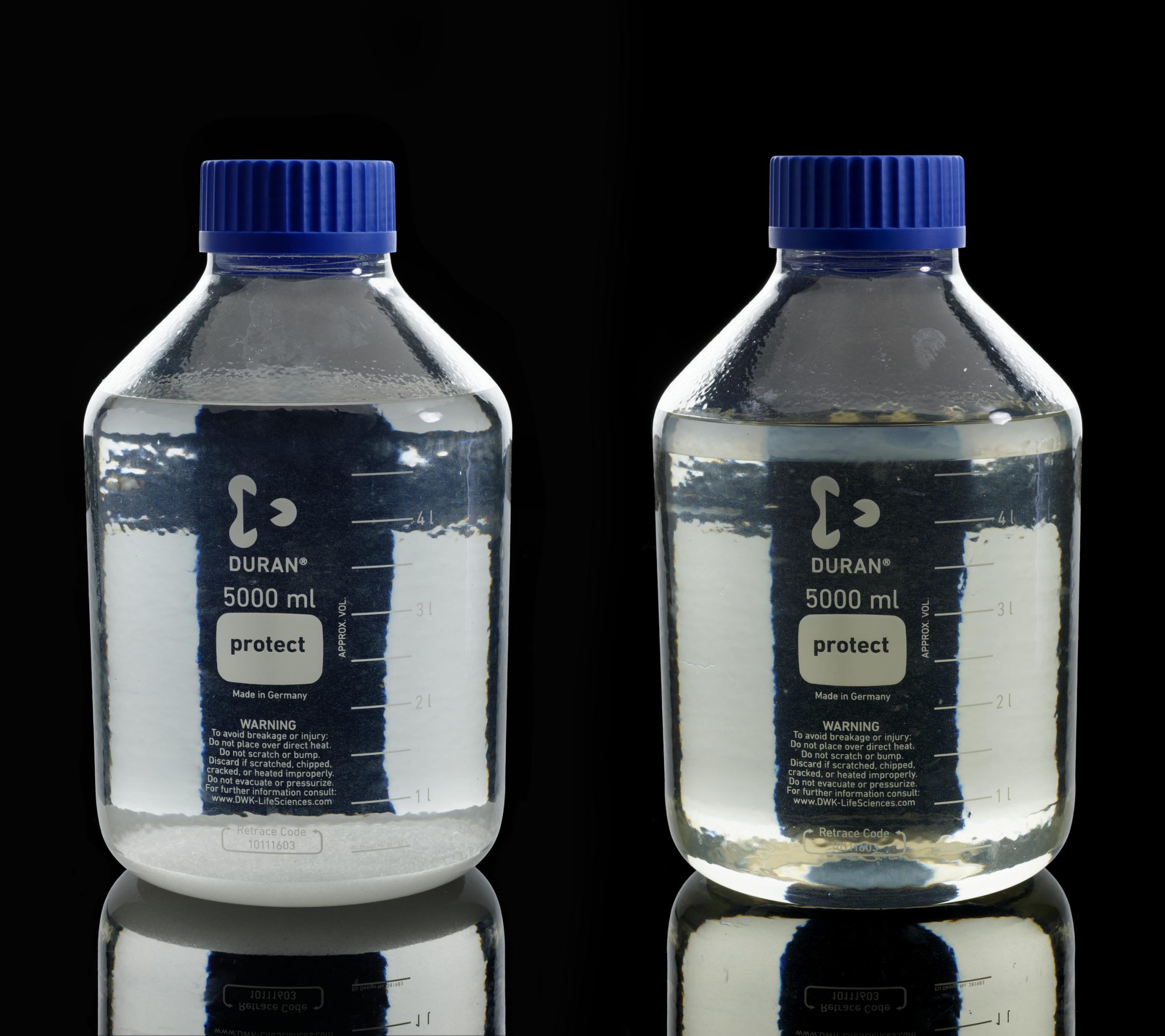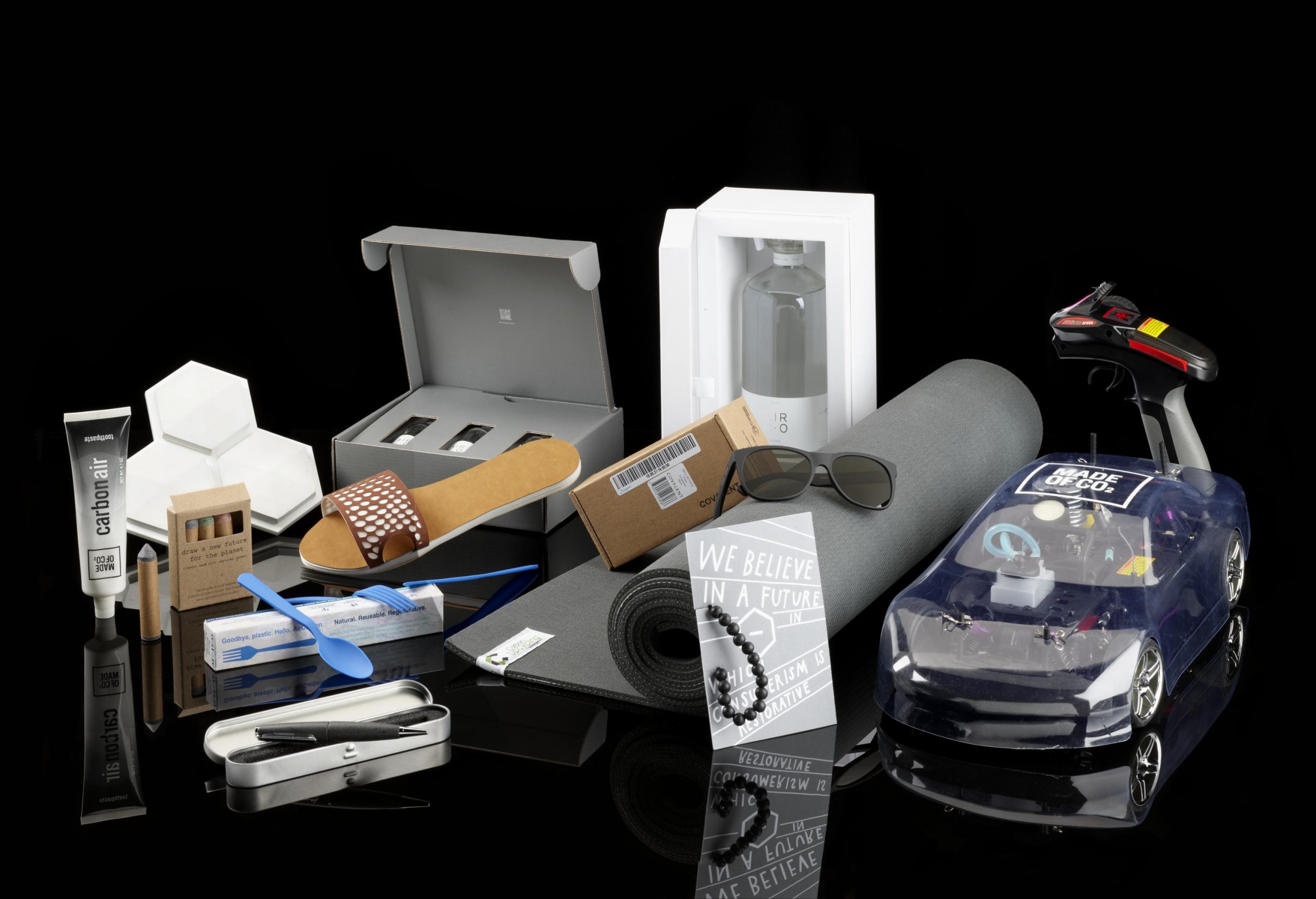New exhibition Our Future Planet offers visitors the chance to encounter technologies that hope to help lessen the impact of our increasingly warming atmosphere on our planet, including prototypes never displayed in the UK before.
Alongside emission reductions, the utilisation and storage of carbon dioxide captured from our atmosphere has a small but significant part to play. Visitors will get to see prototype technologies that have not yet been tested at scale but offer a glimpse of the possibilities of carbon capture, like Klaus Lackner’s Mechanical Tree.

Carbon capture technologies are being developed to remove carbon dioxide from the Earth’s atmosphere and then utilise or store the captured carbon dioxide.
The most significant step we need to make is ending our reliance on fossil fuels. As society works towards that transition carbon capture is potentially a key innovation in mitigating the impacts of climate change.
Our Future Planet opens with a reminder of the urgency of the threat to our planet.
On display are fossils made from plants that grew and absorbed carbon dioxide 300 million years ago. When fossil fuels, such as coal, oil or natural gas, are burnt it releases energy from the Sun that has been trapped for millions of years. It also releases carbon dioxide into the atmosphere, making our planet warmer.
The first section of the exhibition is dedicated to nature-based solutions, giving visitors the chance to encounter the work of scientists looking at how the natural world is responding to increasing levels of carbon dioxide, as well as how forests can help to mitigate the effects of climate change.

Alongside reducing emissions, protecting natural carbon sinks – from forests, peatbogs and mangroves to oceans and permafrost – is essential to slowing down rising carbon dioxide levels.
In the next section visitors will encounter direct air capture technologies that are inspired by nature, which draw carbon dioxide out of the atmosphere just like trees and plant life.
These technologies come in different forms: from mechanical trees, with branches made of special material that sieve the carbon dioxide out of the air; to enhanced rock weathering, where basalt rock dust can be spread over crops in fields and absorb carbon dioxide from the air when it rains.
As visitors move through the exhibition they will see how carbon capture technologies can be used in industrial settings. C-Capture is a solvent that can filter the carbon dioxide out of factory emissions before they are released.

But what should we do with all this carbon dioxide once we have captured it? Scientists are developing uses for it or finding places to store it safely.
In the final section of the exhibition, visitors will get to see building materials like concrete and aggregates and consumer products including sunglasses, toothpaste and yoga mats, all made with captured carbon.
But for carbon capture technology to be impactful on a mass scale, to really contribute to efforts to mitigate the effects of climate change, scientists, industrialists and engineers are developing ways we can lock captured carbon dioxide back underground. Deep in the rock layers of the earth, from where fossil fuels, like coal, oil and natural gas were originally mined.

Our Future Planet will give visitors a special insight into the technologies that could help in the fight against climate change and leave them feeling inspired by the work being done by scientists, engineers and ecologists across the globe to safeguard natural carbon capture and design solutions to help reduce carbon dioxide levels in the future.
Our Future Planet is open now until September 2022. The exhibition is free but to ensure you have the space you need to explore the museum safely all visitors are now required to book a free ticket in advance.
The exhibition is supported by UK Research and Innovation (Major Sponsor), Shell (Major Sponsor), the AKO Foundation (Associate Funder) and the Huo Family Foundation (Associate Funder).
Find out more about the Science Museum Group’s approach to sustainability, including our journey towards Net Zero, on our website.
